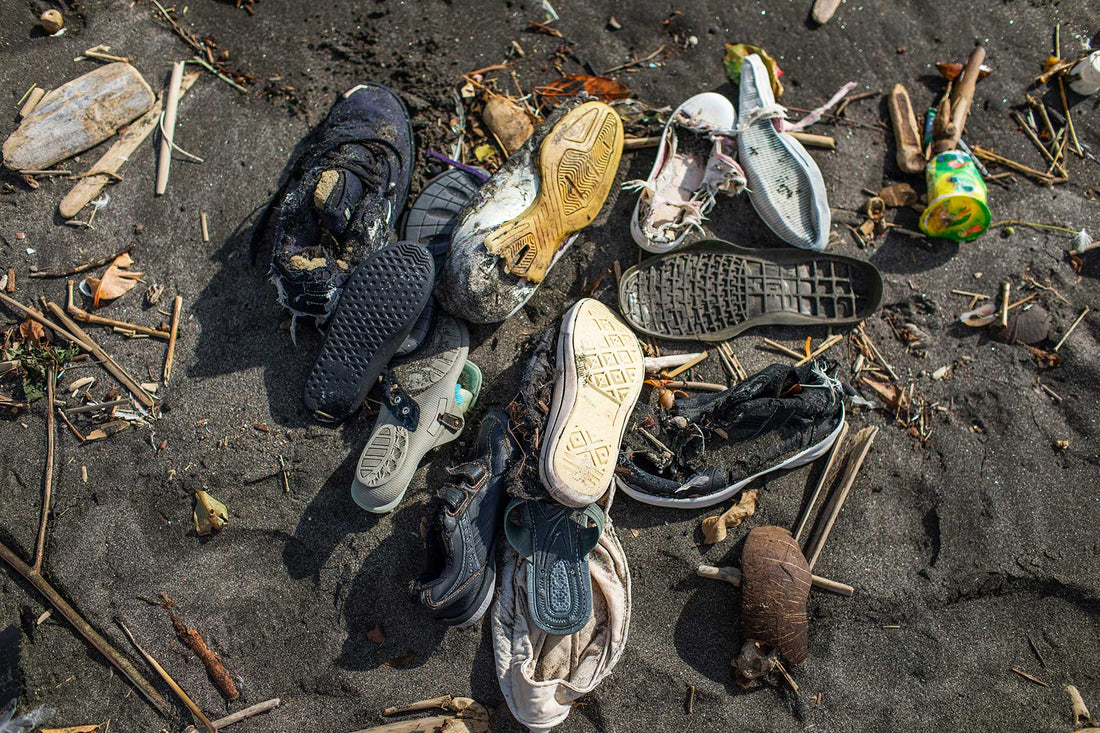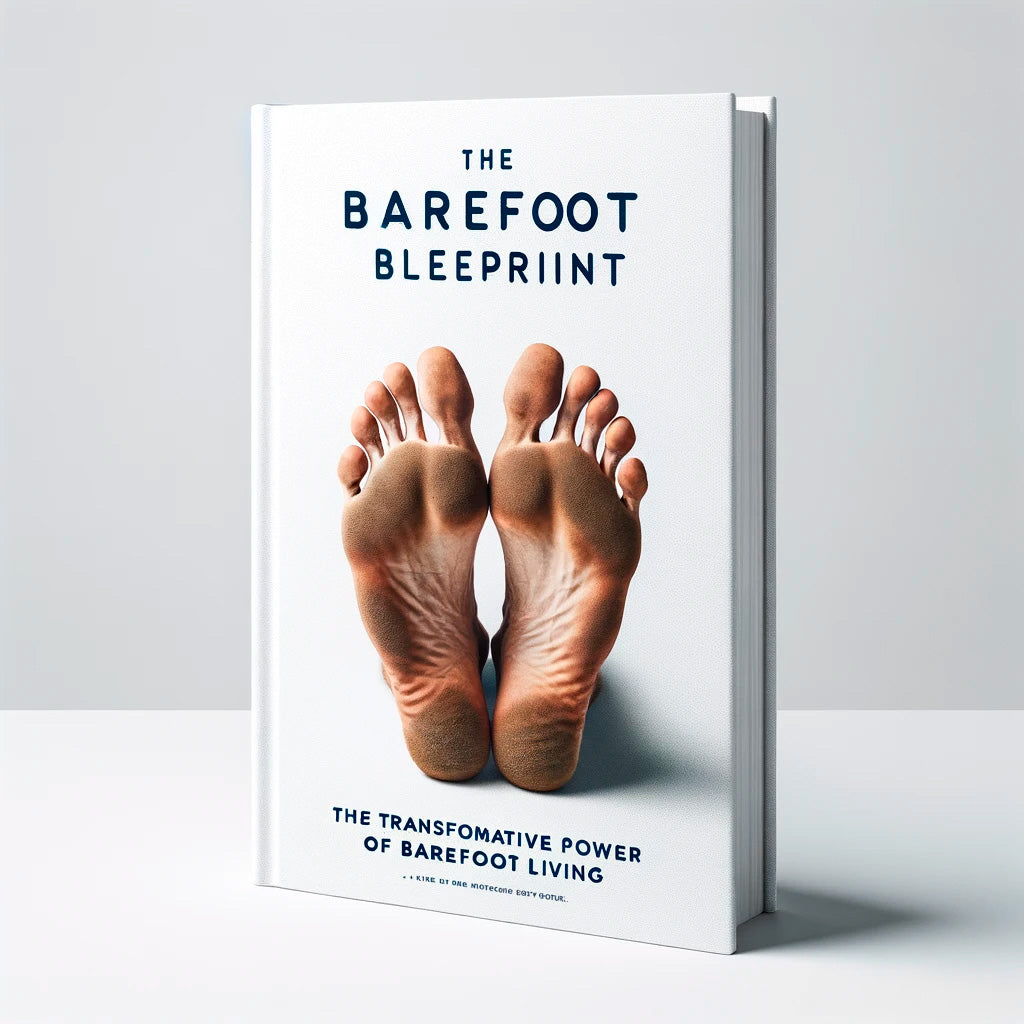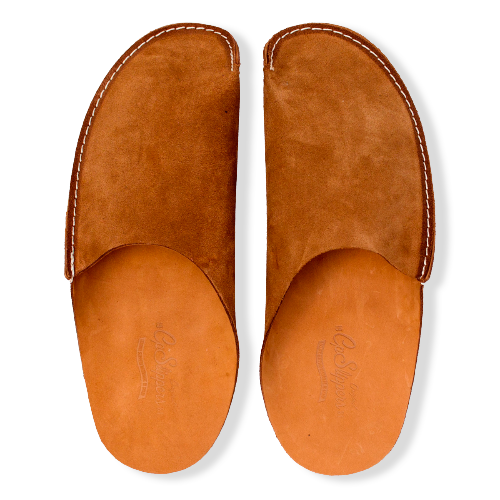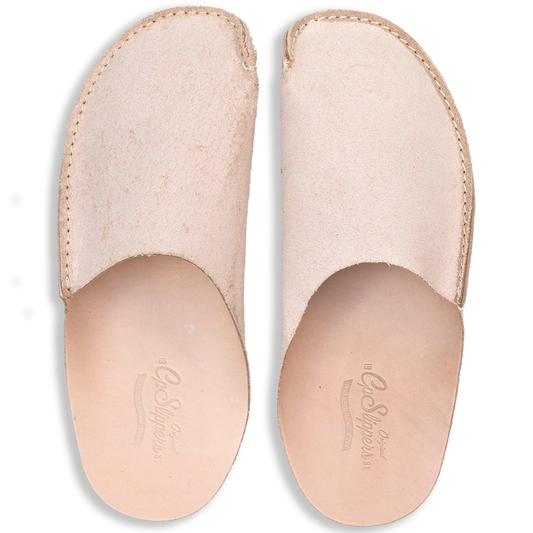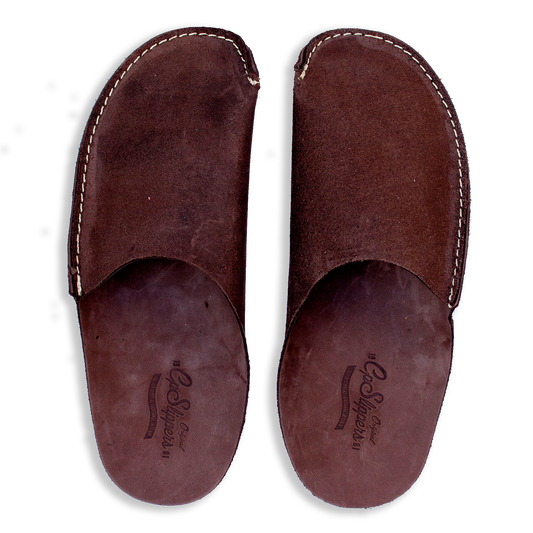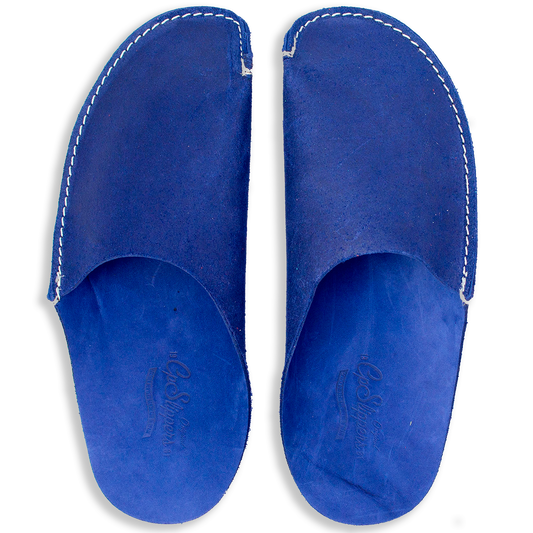Discussing how a barefoot lifestyle can reduce our ecological footprint.
Introduction
In an age where environmental consciousness is increasingly becoming a priority for many, the choices we make in our daily lives come under scrutiny for their ecological impact. Footwear, an essential part of human culture and necessity, is no exception. This chapter delves into the environmental implications of traditional footwear production, use, and disposal and how embracing a barefoot or minimalist lifestyle can contribute to a more sustainable future.
The Footprint of Footwear Production
Conventional footwear manufacturing is resource-intensive, relying on many materials, including plastics, rubber, textiles, and leather. The production process often involves significant energy consumption, water use, and the emission of greenhouse gases. Moreover, using toxic chemicals in tanning leather and creating synthetic materials poses serious environmental and health risks, contaminating waterways and affecting communities around production facilities.
Waste and Disposal Challenges
The lifespan of a typical pair of shoes is relatively short, leading to considerable waste. Most footwear ends up in landfills, where the complex mix of materials makes them difficult to decompose. Recycling options are limited due to the challenge of separating these materials, resulting in a significant environmental burden. The shift towards fast fashion has exacerbated this problem, with an increasing number of shoes being discarded yearly.
Minimalist Footwear as a Sustainable Alternative
Adopting minimalist footwear can mitigate some environmental impacts of conventional shoes. Minimalist shoes often use fewer materials, which can result in a lower overall environmental footprint. Furthermore, the design philosophy behind minimalist footwear encourages durability and versatility, potentially reducing the frequency of shoe replacement and, consequently, waste.
The Barefoot Advantage
Going barefoot whenever possible represents the ultimate sustainable footwear choice, eliminating the need for shoe production and disposal for those times. Individuals can significantly reduce their contribution to the environmental issues associated with footwear by choosing to go barefoot or wear shoes only when necessary.
Making Sustainable Footwear Choices
For those times when shoes are necessary, there are steps consumers can take to minimize their environmental impact:
- Choose Quality Over Quantity: Opt for durable, high-quality shoes that will last longer, reducing the need for frequent replacements.
- Support Sustainable Brands: Look for companies that prioritize sustainable practices, use eco-friendly materials, and have transparent supply chains.
- Care and Repair: Extend the life of your shoes by taking good care of them and repairing them if possible instead of discarding them at the first sign of wear.
- Recycle and Donate: When it's time for a new pair, consider recycling your old shoes or donating them to extend their useful life.
Conclusion
The choice of footwear has significant environmental implications, from the resources consumed in production to the challenge of disposal. By embracing a barefoot lifestyle or opting for minimalist, eco-friendly footwear, individuals can reduce their ecological footprint and contribute to a more sustainable future. As we continue to navigate the intersection of personal wellbeing and environmental responsibility, the choices we make in every aspect of our lives, including the shoes we wear (or choose not to wear), play a crucial role in shaping the health of our planet.

